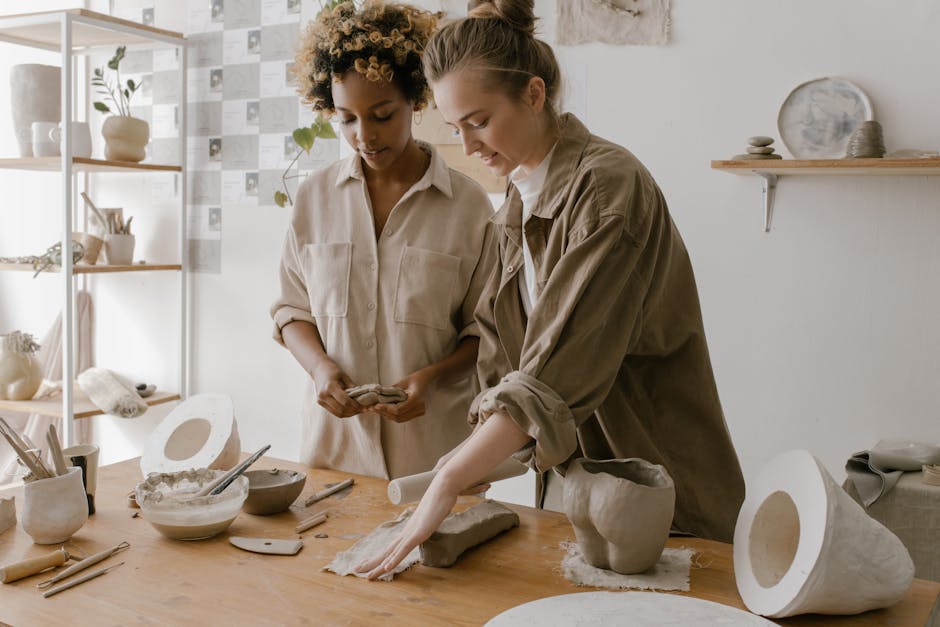
Latin American Handicrafts: Exploring the Rich Cultural Heritage
Latin American handicrafts encapsulate the rich cultural heritage of the region, reflecting centuries-old traditions and artistic expertise. With a blend of indigenous and European influences, these crafts are a testament to Latin America's diverse cultures and a vibrant expression of its identity.
One of the most significant aspects of Latin American handicrafts is the use of traditional techniques passed down through generations. Artisans painstakingly create each piece by hand, employing methods that have remained unchanged for centuries. This dedication to craftsmanship ensures the preservation of cultural heritage while also fostering a sense of community and pride.
The scope of Latin American handicrafts is vast and varied, encompassing numerous art forms and materials. Textiles, for instance, hold a prominent place in the region's craft traditions. Vibrantly colored and intricately woven fabrics showcase the mastery of techniques such as backstrap weaving, brocade, and embroidery. From ornate blankets and rugs to delicate garments, these textiles embody the vibrancy and symbolism of Latin American culture.
Meanwhile, ceramics offer another fascinating glimpse into the world of Latin American craftsmanship. Each pottery piece tells a story, often drawing inspiration from nature, myth, and religious beliefs. The use of skilled hand-molding and glazing techniques results in unique vessels, figurines, and decorative objects that embody both function and artistic expression.
Woodcarving, too, plays a significant role in Latin American handicrafts. Highly skilled craftsmen transform logs and branches into intricate sculptures, masks, and furniture adorned with symbolic motifs and intricate patterns. These carvings serve as visible evidence of the connection between nature, spirituality, and artistry.
Exploring Latin American handicrafts is like embarking on a journey through time and culture. Each piece is a tangible representation of a community's history, values, and aesthetics. Collecting and appreciating these crafts not only supports local artisans but also promotes cultural understanding and preserves traditions that might otherwise be lost.

